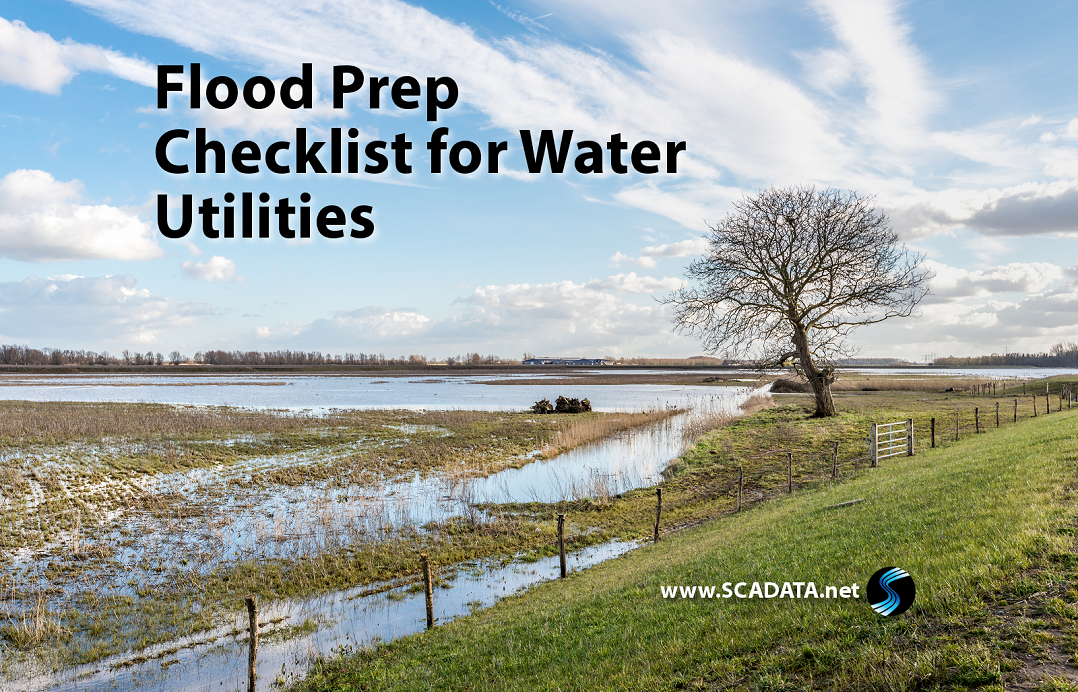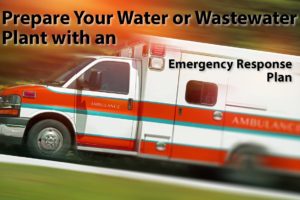Your water management plant needs to be prepared for inclement weather. As we approach Spring, many cities may be faced with managing worrisome weather conditions. Flooding and tornadoes have become increasingly common in the United States.
According to Floodsmart.gov, �Floods are the #1 natural disaster in the United States.�
An overabundance of water can be a frightening thing. But, if you are faced with managing a plant that either supplies clean drinking water or manages sewage, floods bring a whole new set of worries.
The EPA offers an Incident Action Checklist for water utilities to help them prepare for and recover from floods. To ensure you are fully prepared, you should reference their checklist.
Floodsmart.gov tells us that flash floods can bring walls of water 10 to 15 feet high. And that it only takes two feet of rushing water to carry a car away. With that kind of damage potential, you need to make sure you have prepared for the worst.
Floods can cause damage to infrastructure, communications, equipment, and your facility. Rather than try to pick up the pieces after a major flood, use our checklist to help you prepare for the coming spring season.
- Ensure you have an updated emergency response plan in place: Your emergency response plan should include everything from where to find backup supplies to who to call the moment something goes wrong. Check out our post on emergency plans for more information.
- Properly train your staff for emergency situations: Run drills, post exit routes, document procedures. Make sure your staff knows where to find appropriate information and what their individual roles would be in an emergency.
- Conduct a vulnerability test to find weaknesses: You can better prepare for possible disasters if you know and understand where your weaknesses are. For example, if you have a remote site that is difficult to access, you might want to have an alternate form of transportation available that can get you to your site if a normal roadway is blocked.
- Identify priority water customers and areas of high risk: Do you have neighborhoods in special flood zones? Are there any hospitals or nursing homes on your customer list? Make sure you know who these customers are and you have provisions in place for them.
- Develop an emergency drinking water supply plan: Simply, where will you get water from if your supply is compromised? Know ahead of time.
- Order extra equipment and supplies to stock for unexpected crises: Have supplies for inclement weather. This could include bottled water, bad weather gear, sleeping accessories, batteries, flashlights, first aid, etc.
- Make sure all communication equipment is fully charged: If you find yourself without power, you want to make sure your equipment will last as long as possible.
- Establish communication procedures: Think ahead. Who is the first person you should call? What is the first emergency service you should notify? Which local utilities will you need to communicate with? Make sure these procedures are easy to find.
- Prepare for impassable routes: Flooding often brings a large amount of debris, frequently blocking roads or paths. Make sure you have supplies for clearing roadways and an alternate route prepared.
- Plan for limited staff: If roads become impassable and power is down, it�s likely that scheduled staff will have difficulty making it to work. Will you be able to function without a full staff?
- Prepare electrical for generator power: The power is very often affected in the event of a flood. Do you have a backup so that you can keep things working? Make sure you have a generator prepared just in case.
- And above all: Document, document, document. Document everything. In an emergency situation, documentation can be the crucial difference between calmly managing a situation and having a critical meltdown. When employees are uncertain of procedures, they can consult the documentation. When a new hire is caught in a situation and doesn�t know proper procedures, the documentation can be there to help. A good rule of thumb is to imagine the worst and then plan for it.
Hopefully, you never find yourself in a situation that requires this kind of attention. However, if you do, it�s best to have a plan in place.
This checklist is modified from the EPA�s Incident Action Checklist.




